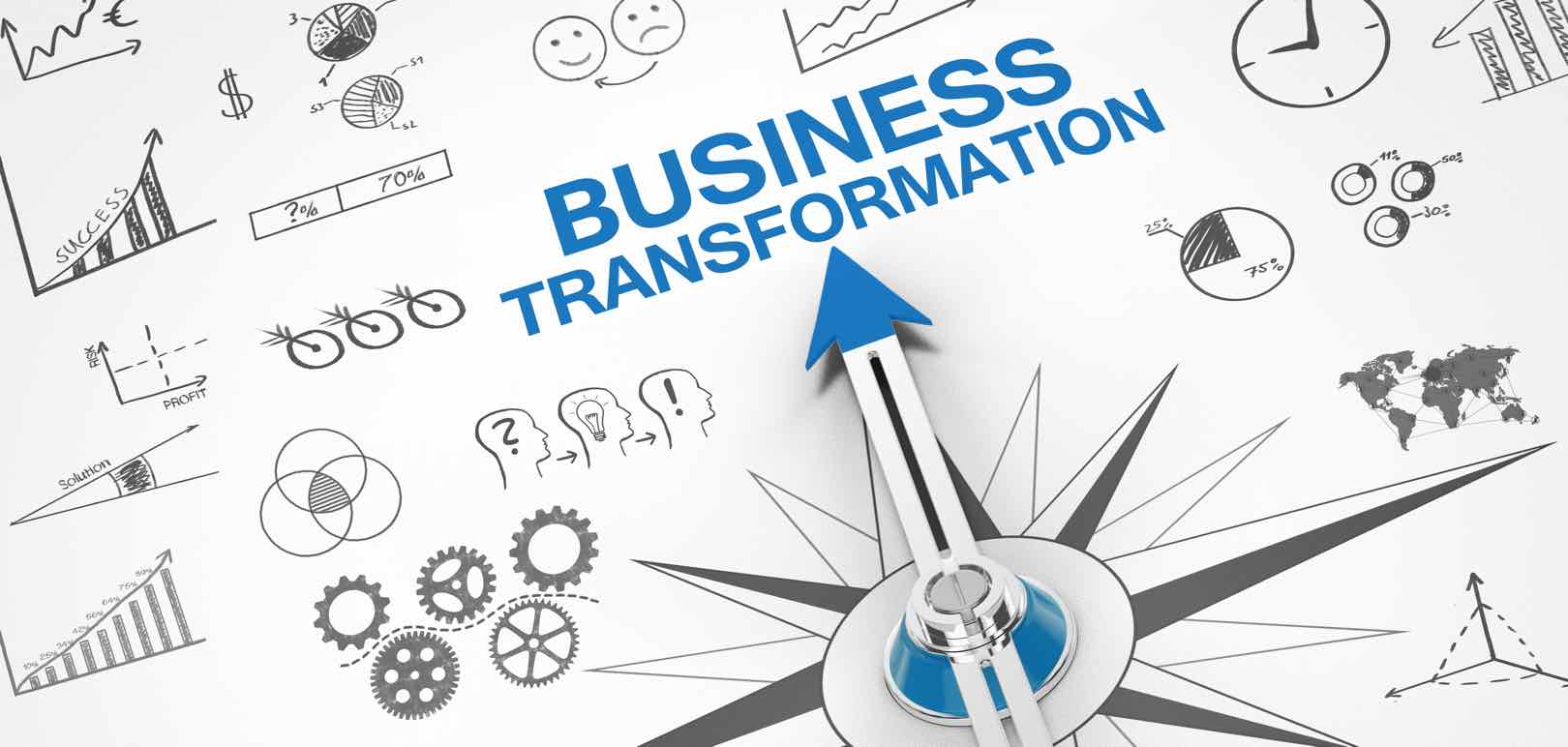Imagine yourself with your finger hovering over the Enter key, about to switch your entire enterprise from your clunky, old legacy software to the latest and greatest thing.
You can be forgiven if your pulse is racing a bit — the idea is slightly terrifying.
That bloated old workhorse of a legacy software solution that you’ve come to love and hate (but mostly the latter) has its merit. And replacing it certainly isn’t a matter of a finger hovering over the Enter key. It involves a sea of change in your organization and massive amounts of risk. But what if there was a way to avoid a lot of that risk and enable a softer landing for your company’s transition into its brighter technological future?
Why a Hybrid Integration Platform?
Integration platforms help to bridge the tech divide between legacy solutions and newer, more user-friendly software tools. Rather than a “rip-and-replace” approach to systems changes, integration platforms let you utilize the capabilities and data sets of your existing tech. What this means is that newer, more user-friendly solutions can be created without disrupting the status quo (yet).
Here are five ways that integration platforms help to future-proof your business.
1. Mitigate the Risks Associated With Abrupt Systems Changes
Since we started with the frightening analogy above, let’s close the loop on it. Integration solutions act as middleware between your existing tech and data, and the development of more user-friendly frontend tools.
Let’s say your market is screaming for a mobile app that they can use to interface with your organization. You know that the infrastructure involved with creating such a thing could take years, giving your competition ample time to steal market share by outpacing you. An integration platform can give you the ability to place that bet much sooner and at a lower price point, without having to entirely replace the applications and databases in your backend.
2. Avoid Service Interruptions
Since you’re building a data access layer atop your existing platform, you can run several systems in tandem with one another. Your existing customers and integration partners that are not prepared to switch to your new technology tools can stick with the status quo and your existing security measures and data storage can remain in place.
You can enable the creation of multiple consumer-facing technology solutions while still keeping your old workhorse in place.
3. Keep Pace With the Expectations of End Users
Check any source you like and the data is clear: the planet is more connected and mobile usage is on the rise. The bulk of the global population was born in the age of technology and we have high expectations for the functions of technology.
In competitive markets, the player who can offer the best customer service and best protect consumers’ time wins. Airlines with better booking engines sell more seats. Banks with better mobile apps open more new accounts. Governments with user-friendly technology make better use of their budgets and resources, and so on. If your organization can’t keep pace with the rapid changes in the technology and the expectations of your market because you’re landlocked to outdated tech solutions, it’s time for a change.
4. Align With More Third-Party Partners and Services
Whether it’s identity management, co-marketing, increasing your service offering or adding value to your existing customer base, third-party partners can make a big difference. But tying into third-party services is easier said than done with outdated tech.
A hybrid integration platform can help enable access to align with third parties. Adding social features, single sign-on (SOO) options, and other third-party modules can greatly increase your conversion rates and reach. With hybrid integration technology, you can enable APIs that will allow you to better access third-party tools. It’s another way that you can extend your service offering to meet the current status quo with end users.
5. Enable the Time-Consuming Changeover from Legacy Solutions
We’ll be first to admit that we have a heavy bias toward the use of integration platforms to help bridge technology solutions into the present day. But we are also realists; sooner or later you will have to build a replacement for the aging solution you’ve been saddled with.
A replacement like that takes time. And as mentioned above, it can come with a significant amount of risk. Using an integration platform can help you deliver a consistent front-end service offering that is current, while you undertake the massive task of replacing that inefficient backend with those reams of data.
Building a permanent replacement for your legacy solution could take years. Waiting until that’s done to offer consumers a better user experience could be detrimental to your reputation. A hybrid integration platform can have you running a better mousetrap much sooner and for significantly less cost while you budget your resources and time for the larger build.
Ask Us About How it Works
The simplest way to explain it is that hybrid integration platforms access the data and functionality within your existing systems and makes it available to other applications, regardless of what form and function they expect or require. Using open technologies and standards, our middleware converts that data for use with modern web and mobile applications, and inversely, makes data and functionality from modern third party applications accessible to your existing systems, all while making your enterprise more resilient overall, and enabling the business agility you need to maintain competitiveness and outpace your competition.
If you’re interested in learning more or seeing a demo, contact us to learn more.

